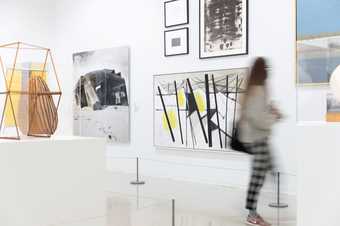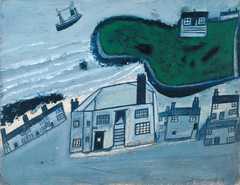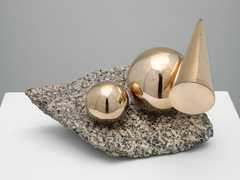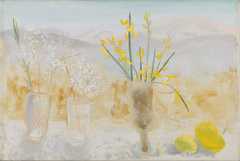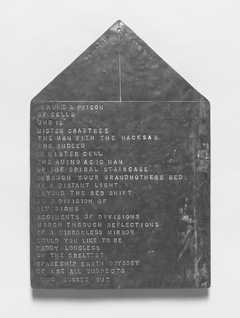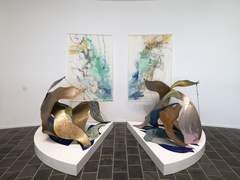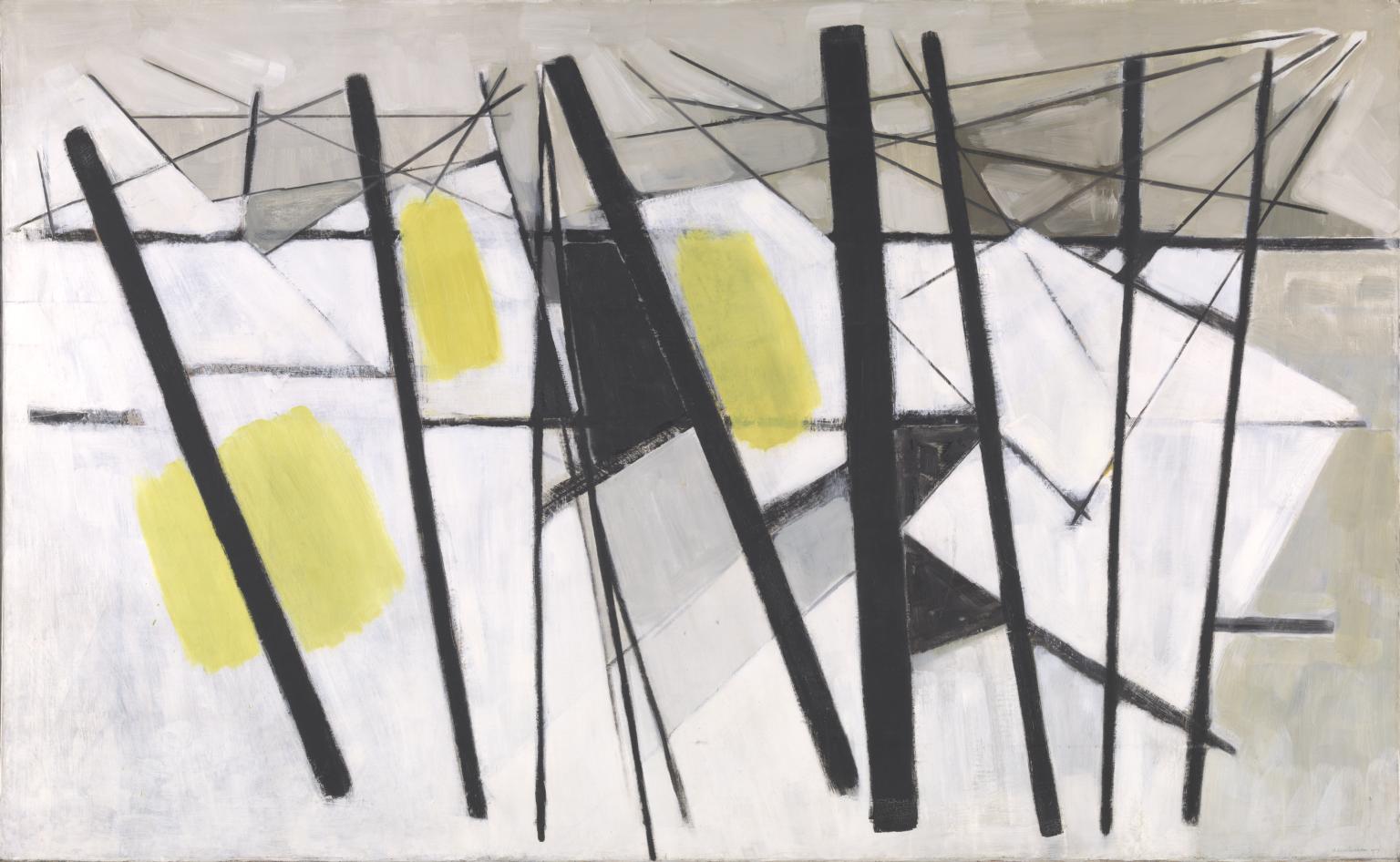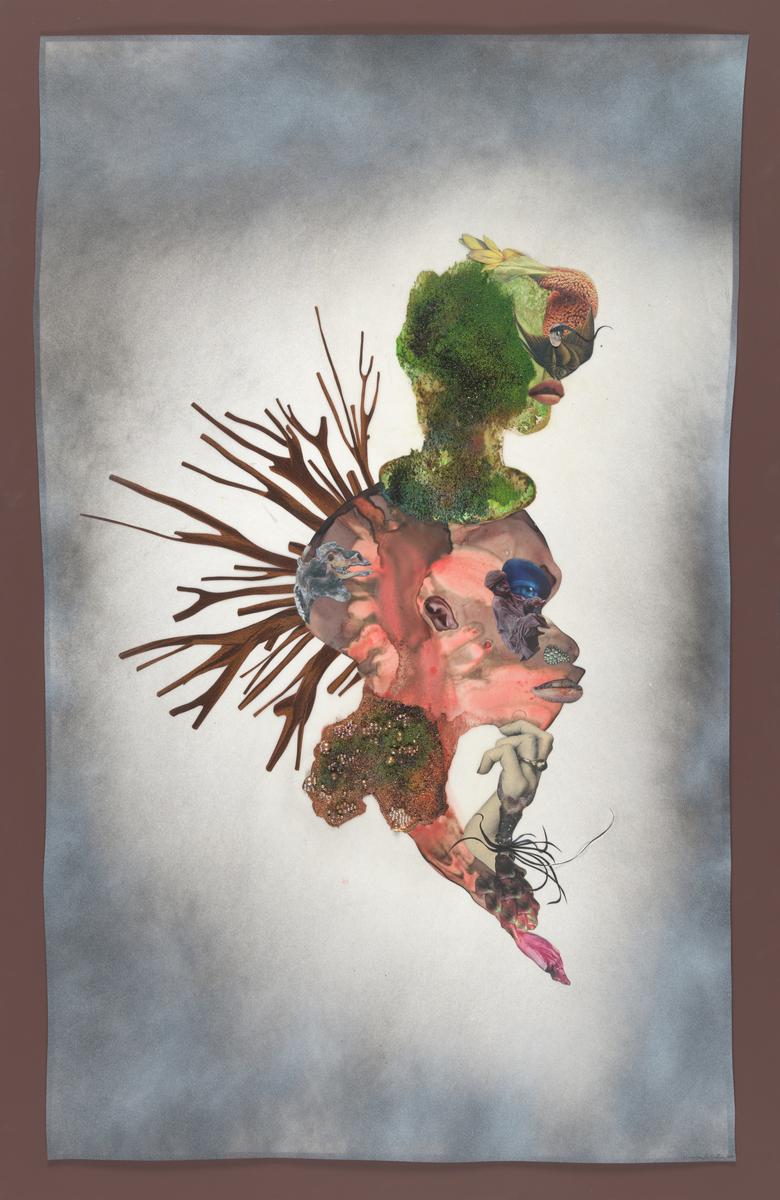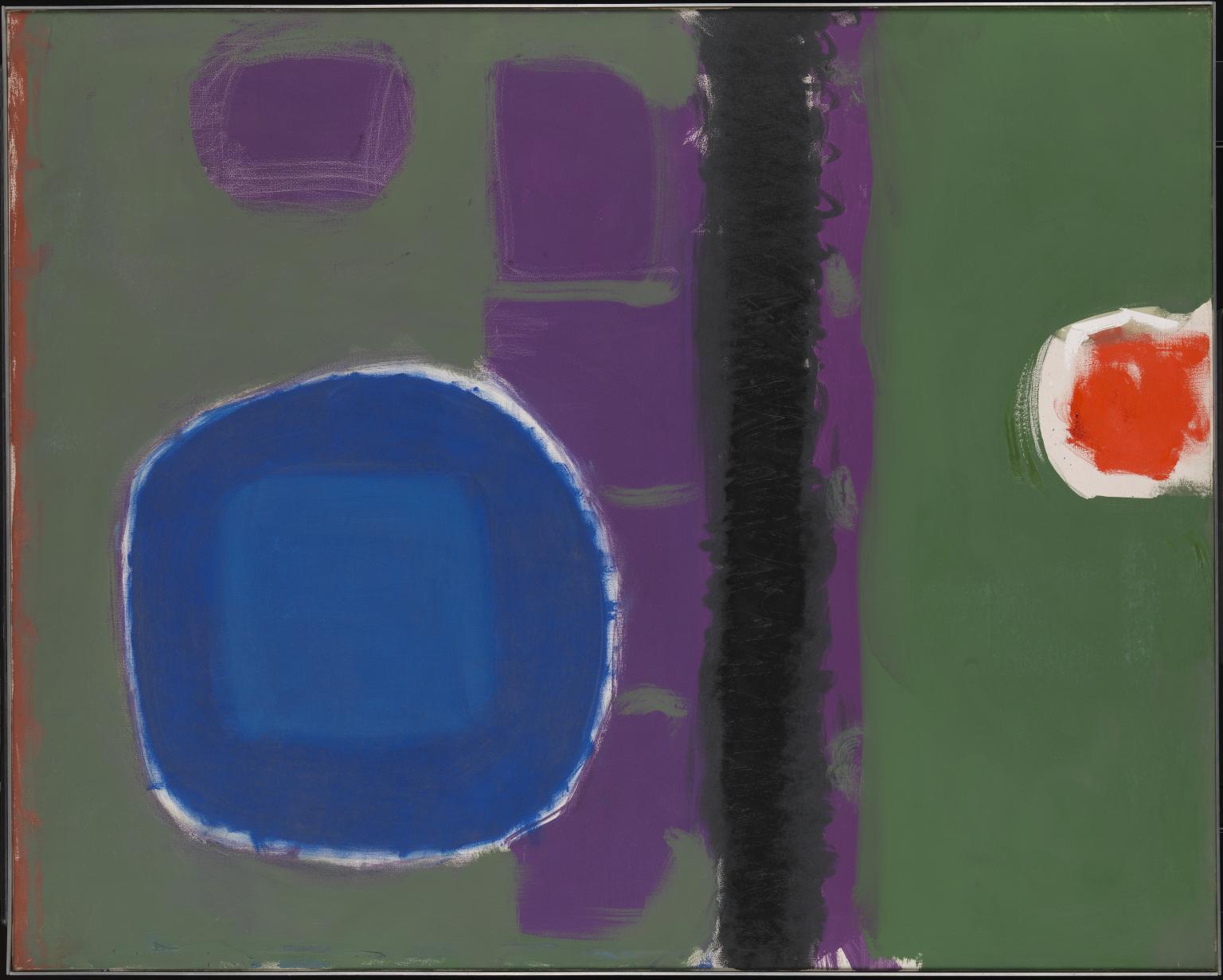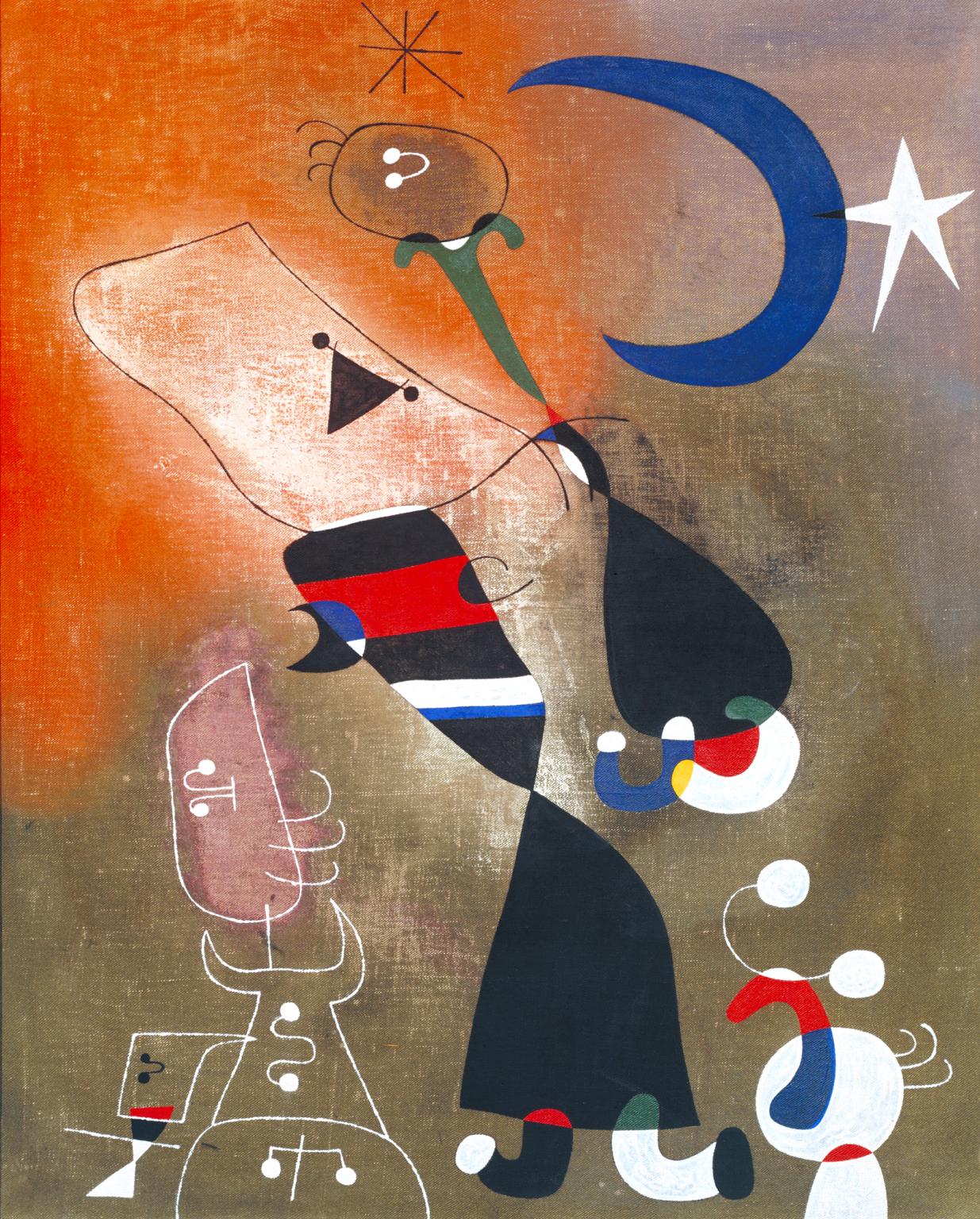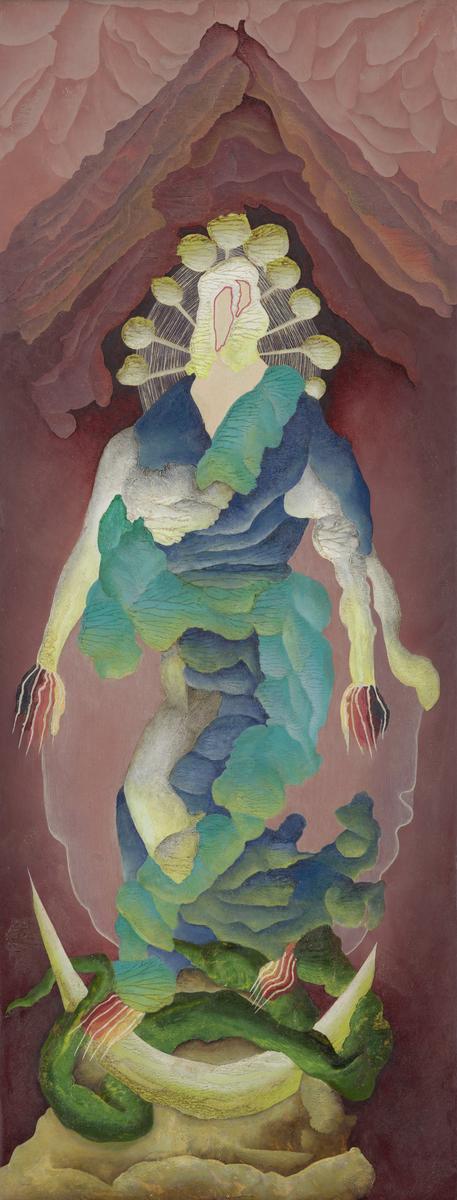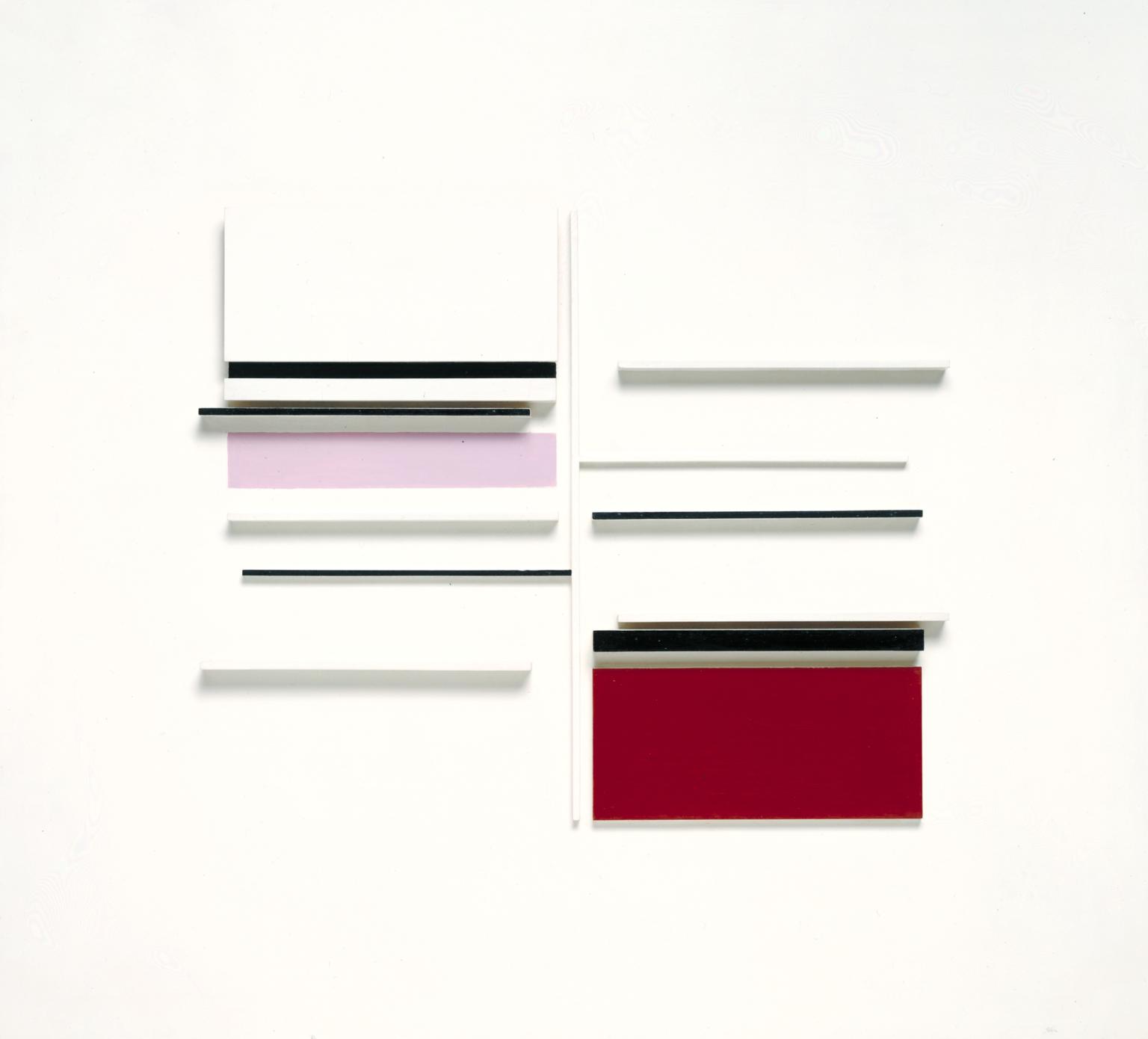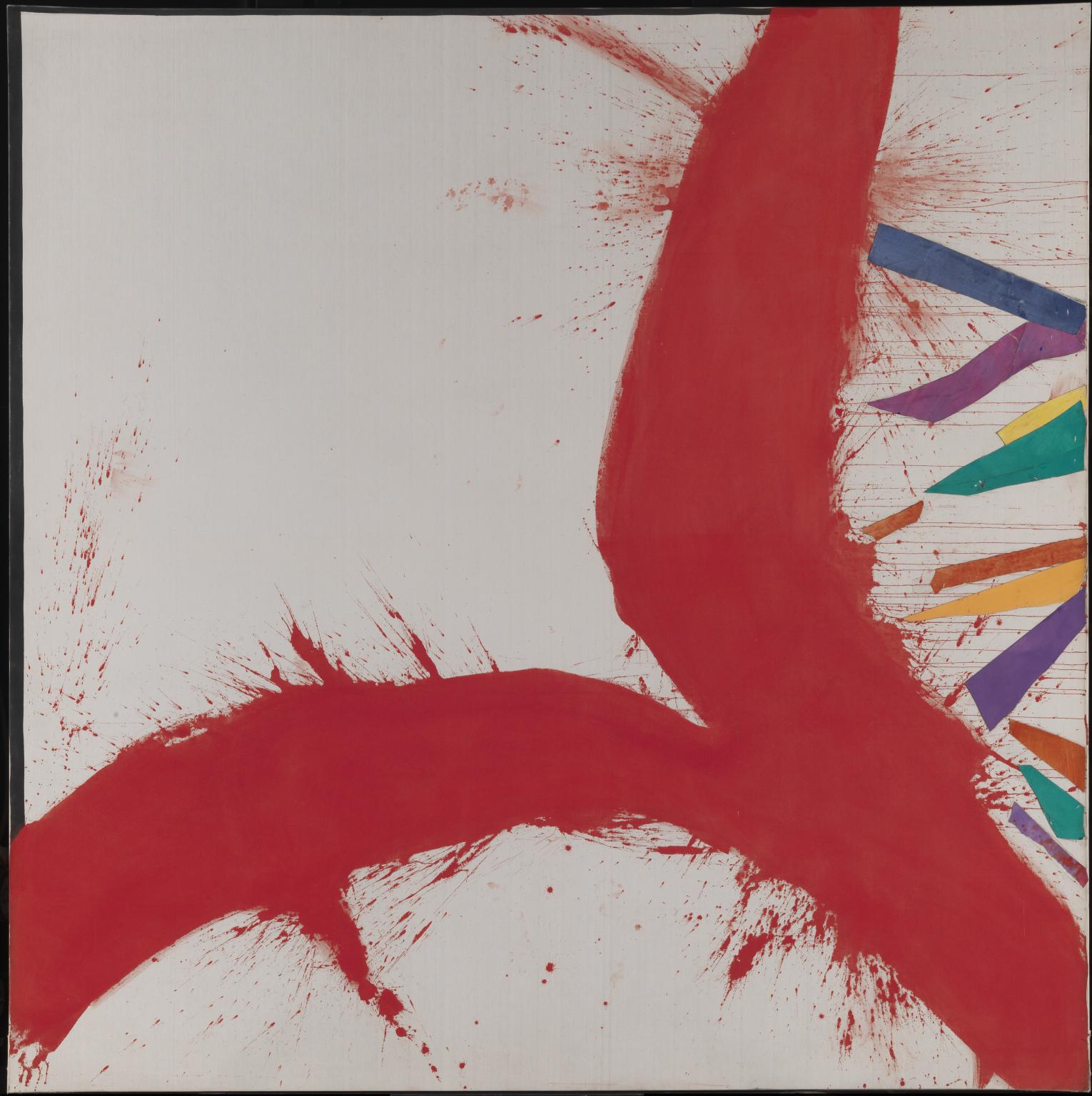Modern Conversations
What does it mean to be modern?
What does it mean to be modern? Modern Conversations explores this question through 100 years of British and international art.
The artworks displayed in these six rooms span the 20th century through to the present day. Throughout this extraordinary ‘modern’ era, industrial growth and technological advancements has transformed daily life. While this rapid globalisation has brought benefits for some, it has also been founded on widespread losses of cultural traditions and rights. The artists raise questions about modern experience, such as: How do we relate to the natural and built environment? What is the experience of inhabiting a human body? What happens when science and technology overturn established beliefs?
Tate St Ives
Level 2, Level 3
Ongoing
Entry to both the display and the gallery is free for Tate Members, Locals' Pass holders and under 18s.
Become a member6 rooms in Modern Conversations
Highlights
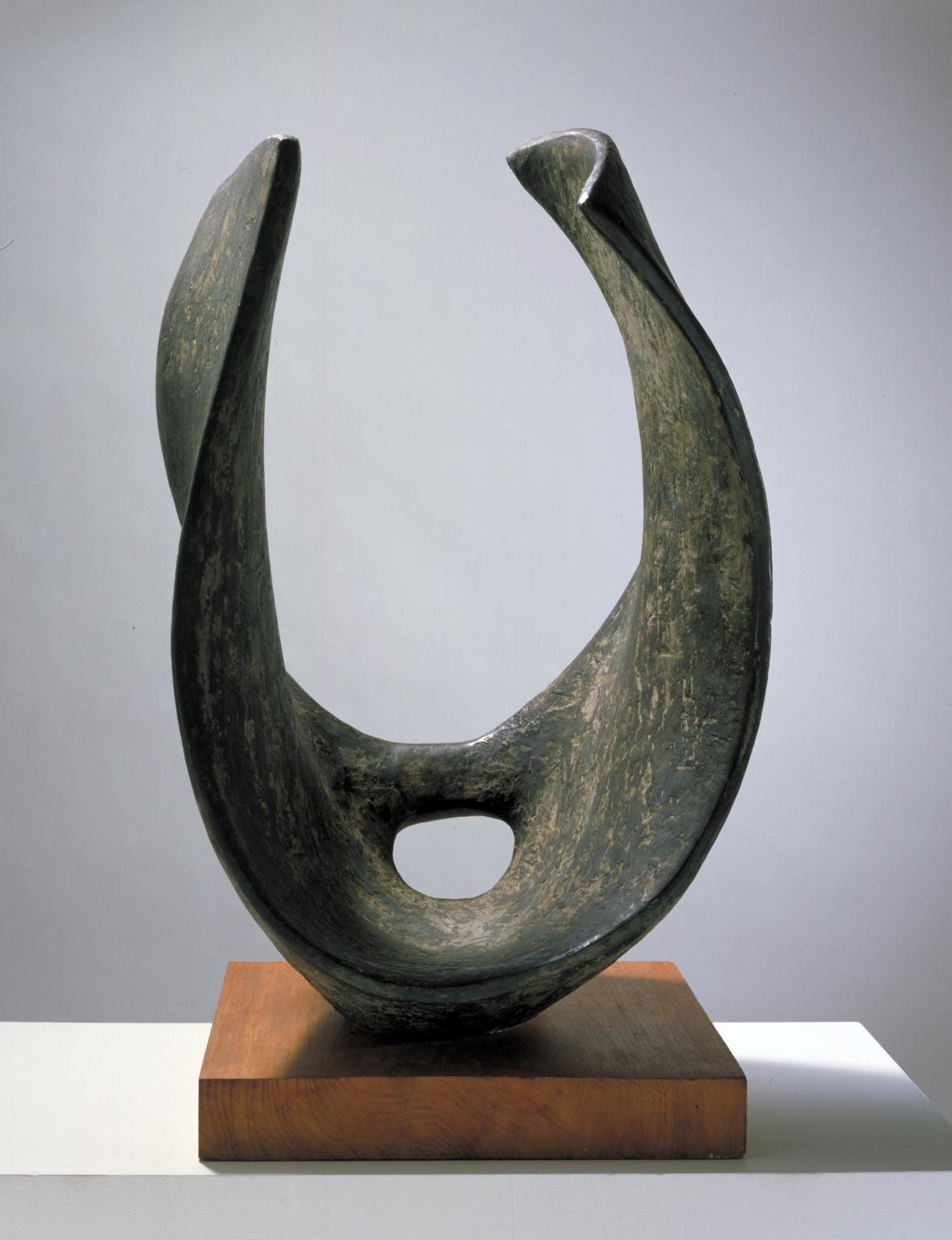
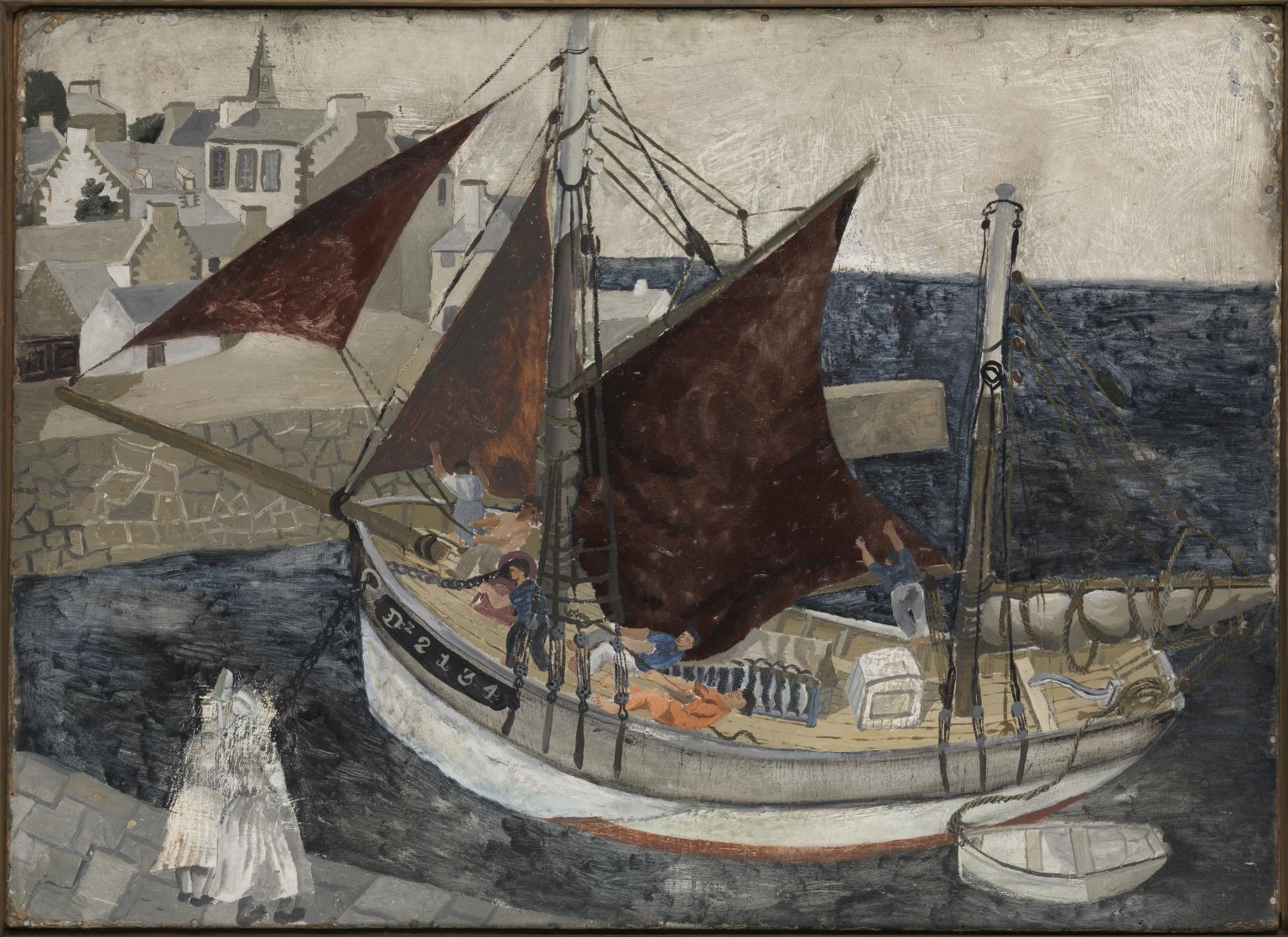
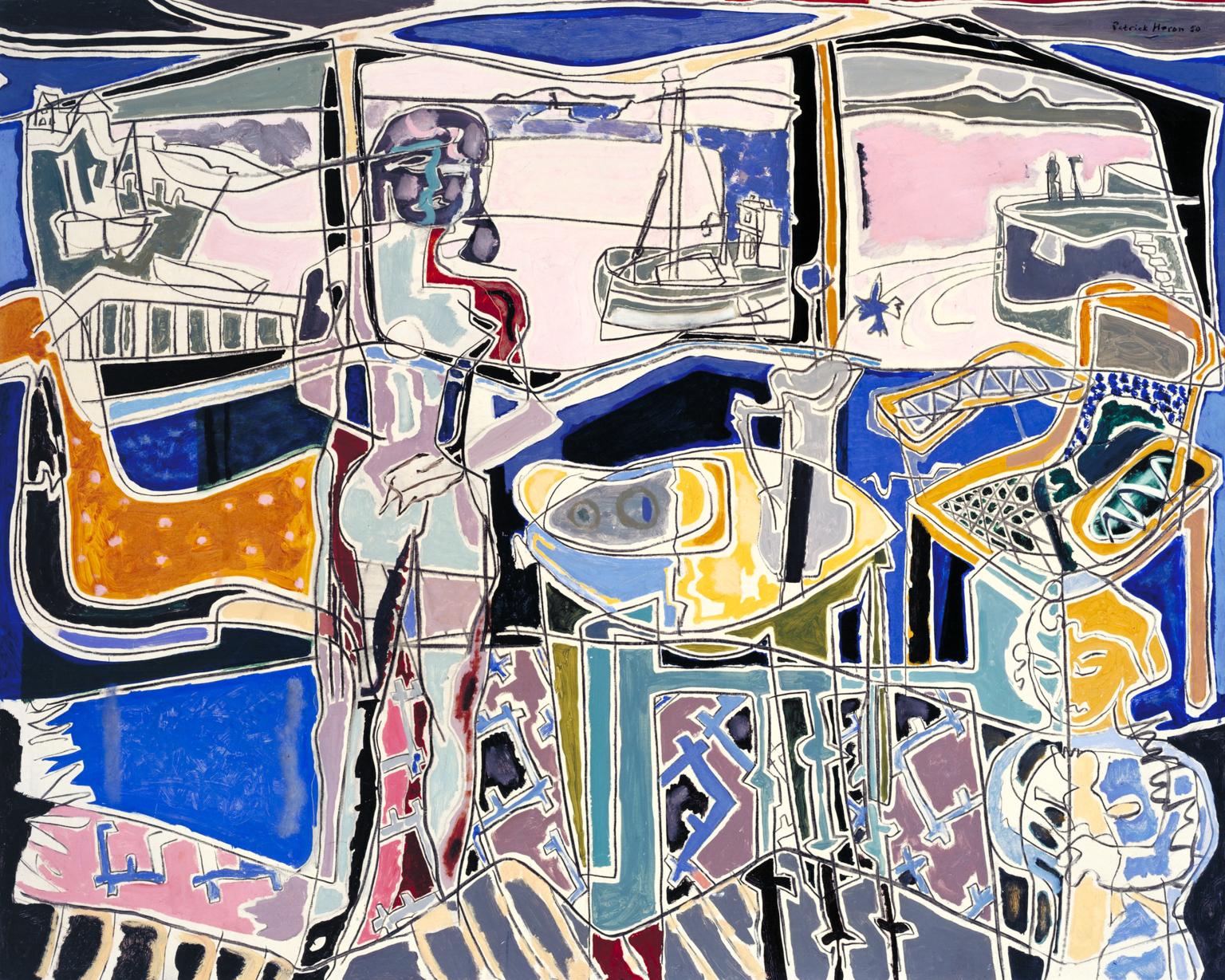
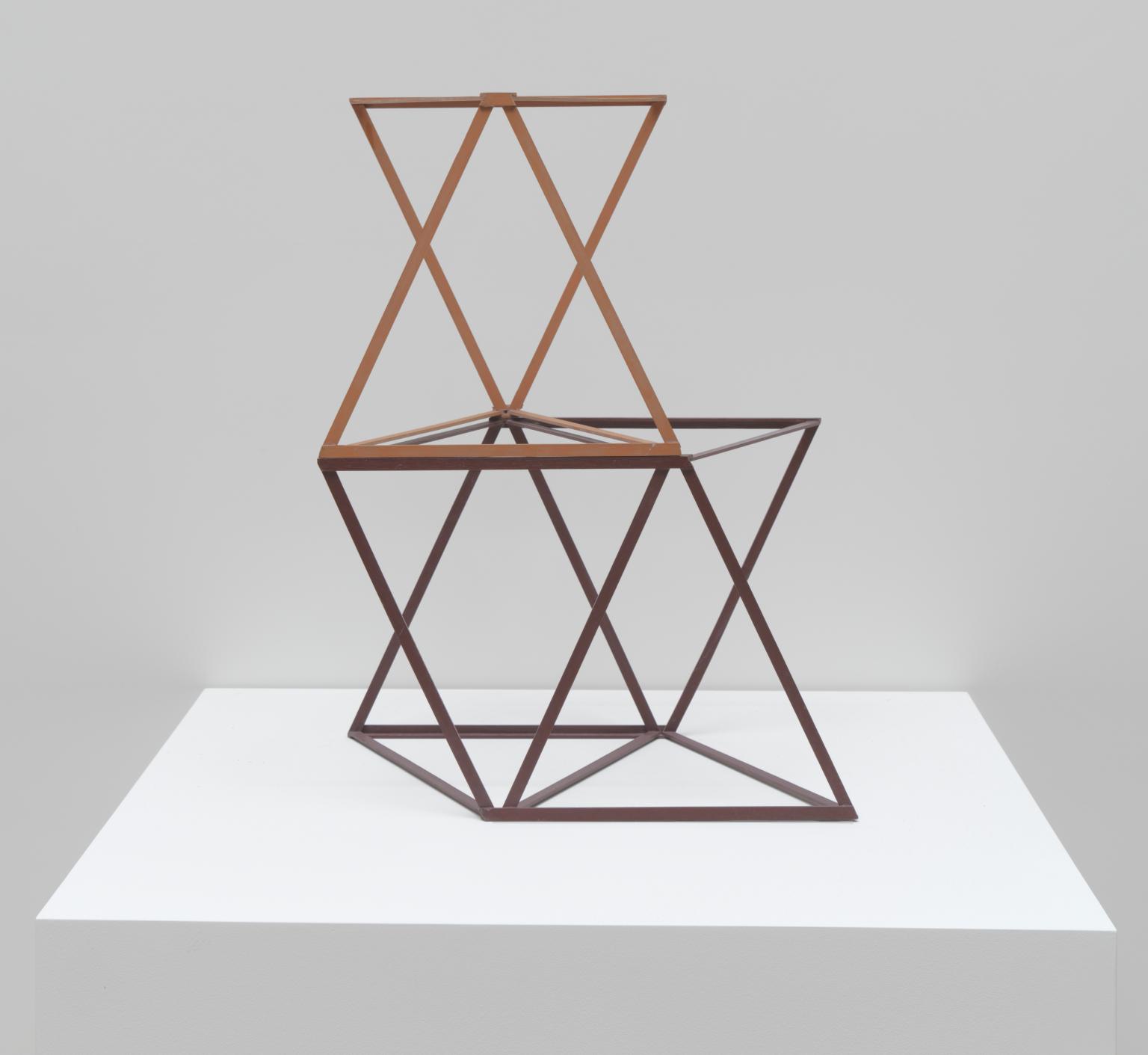
You've viewed 4/12 highlights
You've viewed 12/12 highlights
